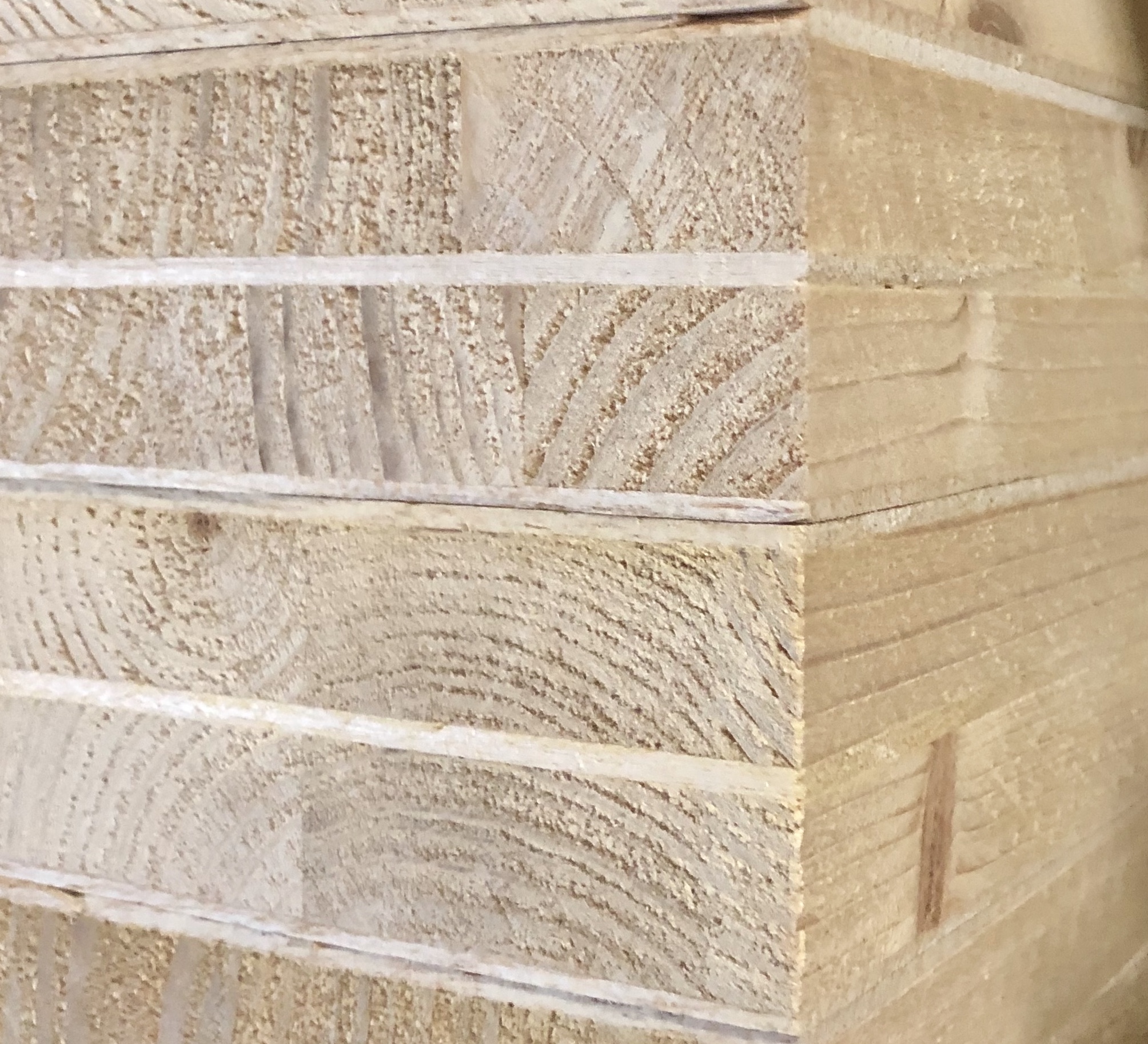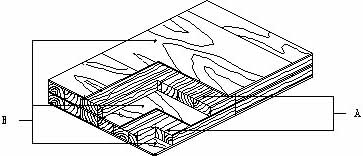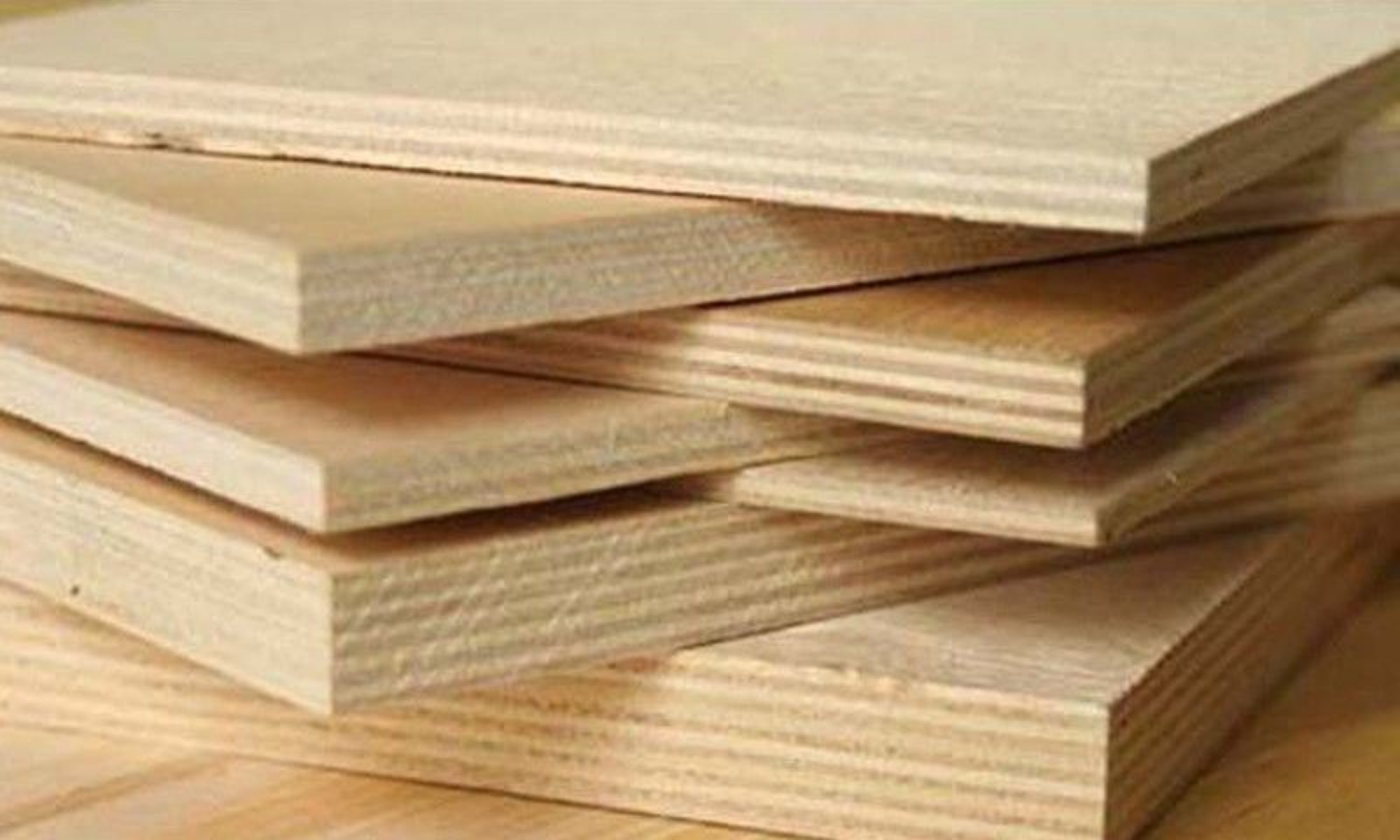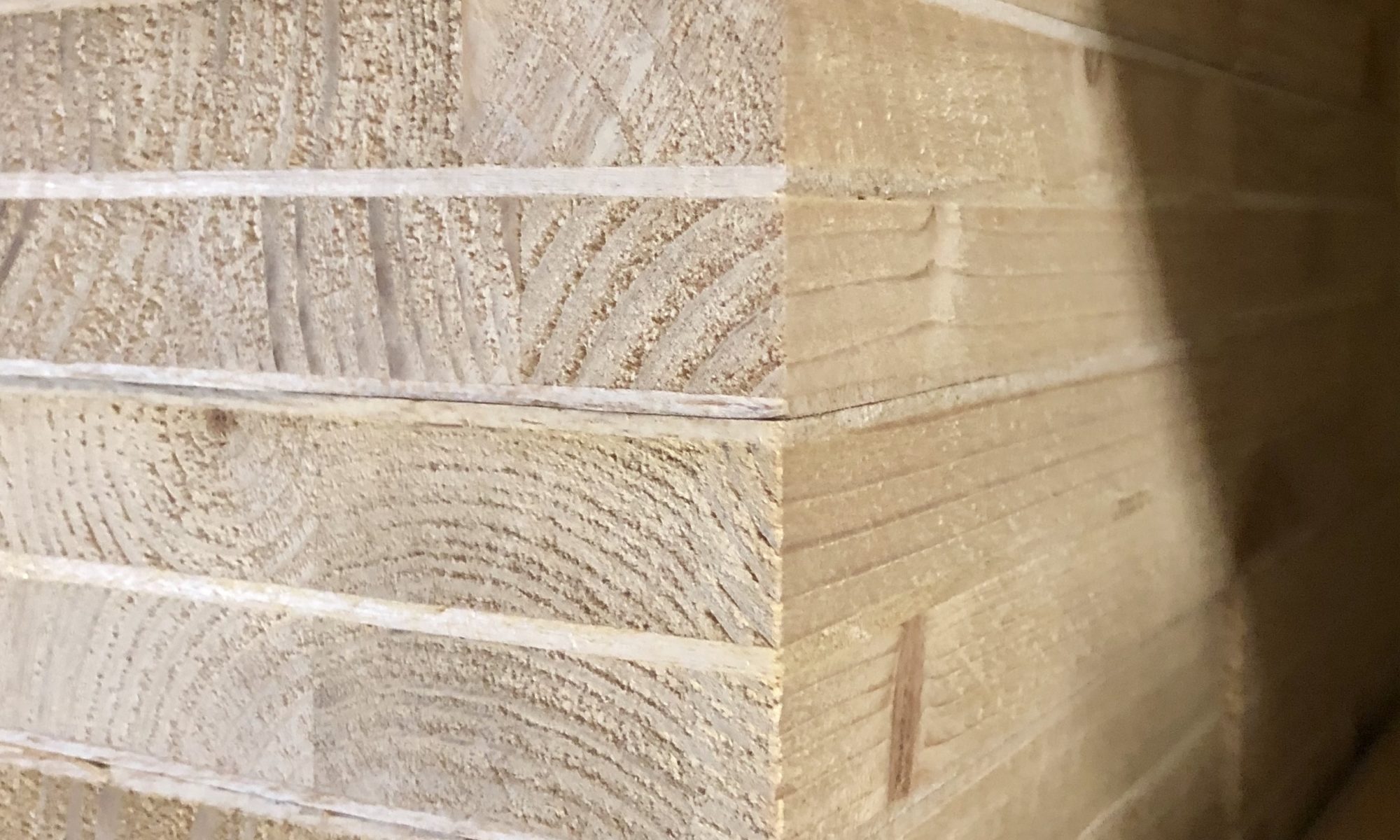 Double-core blockboard is a special kind of construction to produce thick lumber core panels, generally in the thicknesses between 34 mm and 60 mm.
Double-core blockboard is a special kind of construction to produce thick lumber core panels, generally in the thicknesses between 34 mm and 60 mm.
This kind of panel has superior bending strength, lightness and screw-hold ability in comparison to any other kind of wood-based panel.
While the most common application is door frames, it’s suitable for the production of high-quality door, tables, and structural furniture components like shoulders.
Trade names
Block board, lumber core, lumber core plywood, lumber core blockboard, commercial double core blockboard, double core board, double core ply board, double core prime block board, 5‑ply Blockboard Panel, Tischlerplatte, Staptischlerplatte, Stabsperrholz, panneaux latté, alistonado, listellare doppia anima.
Construction
The normal double-core composition is a 5-ply construction. For example in 50 mm:
– about 2 mm veneer cross grain (poplar or fromager) (B)
– about 22 mm blockboard core long grain (spruce, pine or poplar) (A)
– about 2 mm veneer cross grain (poplar or fromager) (B)
– about 22 mm blockboard core long grain (spruce, pine or poplar) (A)
– about 2 mm veneer cross grain (poplar or fromager) (B) 
Most blockboard manufacturers worldwide are producing a 5-ply construction, while it’s also possible a 7-ply construction, with two veneers on each side, in order to achieve the best surface stability and flatness.
Standard sizes
1880×3140 mm
1880×3680 mm (*)
2070×2800 mm
2070×4200 mm
For door frames sizes, refer to this page
(*) = most common size
Thickness
34 to 60 mm
(thinner thicknesses are available with 3-ply or 5-ply construction)
Special sizes and thicknesses upon request.
Bonding of the faces is made with urea-formaldehyde glue (UF) (formerly called IF20), while the lumber core is bonded with PVAc (D3), in compliance with the provisions of the EN 314 standard.
After suitable treatment in view of resistance to humidity, the board complies to Class 1 requirements for the use of boards in dry environments (EN 636-1).
Class 2 (formerly called AW100 or MR) can also be produced upon request.
Formaldehyde emissions are below those established for Class E1 in conformity with the EN 636 standard. The low-emission class E1 panels do not cause a concentration of equilibrium in the air of the test chamber (defined in the EN 717-1 standard) greater than 0.1 ppm, the limit established by the World Health Organization for living and residential environments.
If you are looking for a reliable supplier of this product or you need more technical information, please contact me using the form on this page.
If you want to improve the information I provided on this page, or you simply want to add your comments or experience about this product, feel free to post a comment below.


